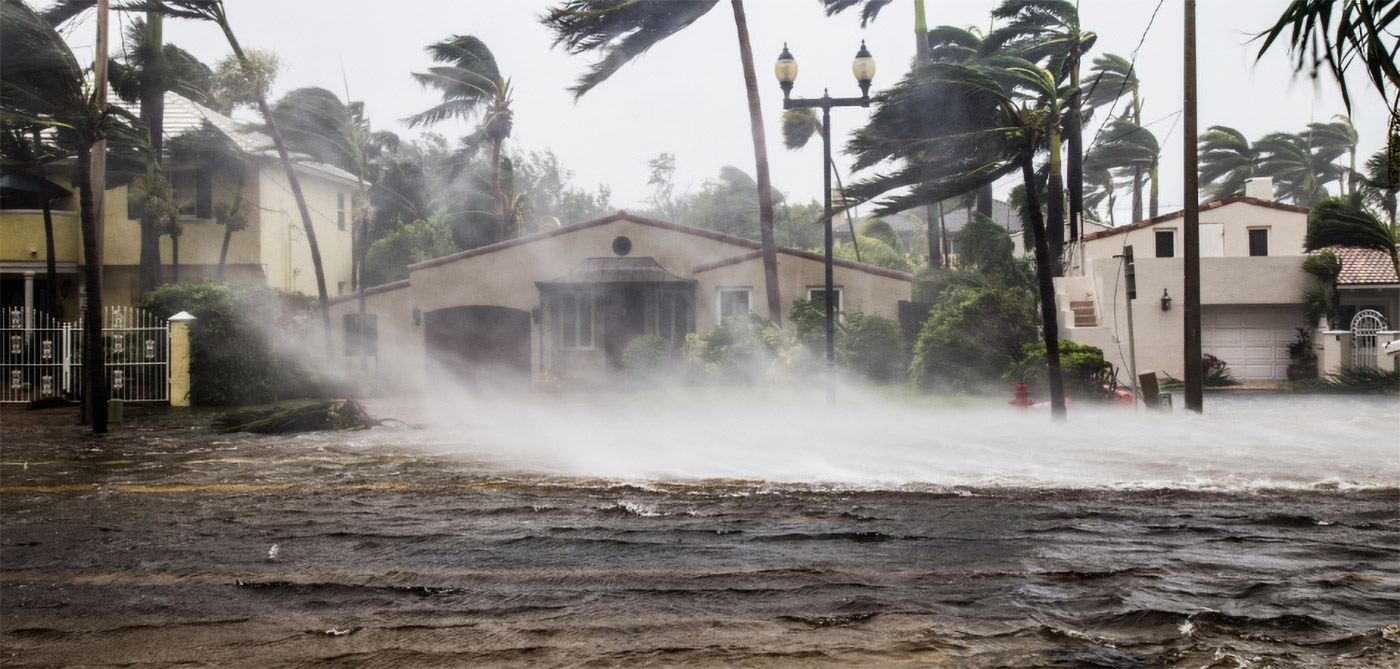By Michael Kraten, PhD, CPA
Dr. Rudi Dornbusch, the long-time international economics professor at the Massachusetts Institute of Technology (MIT), once described a phenomenon regarding momentum. Now known as Dornbusch’s Law, it posits that crises can take much, much longer to materialize than one might expect; however, once they do occur, they can then generate catastrophic outcomes extremely quickly.
Imagine a home with walls and a roof that are made of wood panels. For a long, long time, the structure may appear to be relatively solid even though the homeowner may see occasional evidence of a termite infestation. But the termites are actually multiplying and “eating away” until, one day, a moderate storm with a strong wind blows through the neighborhood. Suddenly, the entire home collapses.
That appears to be the metaphorical risk regarding certain Climate Tipping Points (CTPs) that are factored into flood risk models. As carbon emissions increase over time, the temperature of the planetary atmosphere likewise increases. That leads to an increase in melting Arctic and Antarctic ice, with significant amounts of fresh water mixing with the salt water in the oceans.
Yes, you may be thinking, I’ve already heard this tale. Sea levels then rise, thereby threatening coastal regions. And when the atmospheric temperature crosses a threshold, the resulting trigger of the Climate Tipping Point (CTP) makes the ice loss irreversible.
This is indeed true, but advanced flood risk models now raise an even greater concern. Ocean waters do not merely move with the tides. Oceans also contain large streams that carry water from one region of the world to another. For instance, the eastern coastline of the United States and much of the European continent are kept warm by the Gulf Stream, a current that carries warm water from the Gulf of Mexico into the northern Atlantic.
The current was first discovered during the early 1500s; scientists believe that it has been flowing for more than a millennium. It has been weakening because the current is disrupted when melted fresh water collides with salt water. Thus, scientists are now studying the possibility of a complete Gulf Stream shut-down.
If that were to happen, Dornbusch’s Law would likely take effect. The loss of warm water in the Northern Hemisphere would significantly lower air temperatures across much of North America and Europe. Many industries, from agriculture to travel, would be directly impacted, and many others would be indirectly impacted by supply chain complications.
The most recent model, released this month, suggests that such a CTP could occur this century and perhaps even this decade. As oceanographic and meteorological risk models become more advanced, the probabilities and costs that are associated with climate change risks are clarified with greater degrees of validity.
Risk managers refer to this type of factor as a “cascading risk.” In other words, as certain risk events are triggered by causal factors, their impacts then trigger successive risk events. A cascading series of “domino effects” then occur, broadening and deepening the damage that must be addressed by an overwhelmed society.
The models, though, are clarifying the challenges that confront us. These statistical clarifications may help government, business, and other organizations plan for a very unstable future.
Originally published at michaelkraten.blogspot.com. All rights reserved by author.
